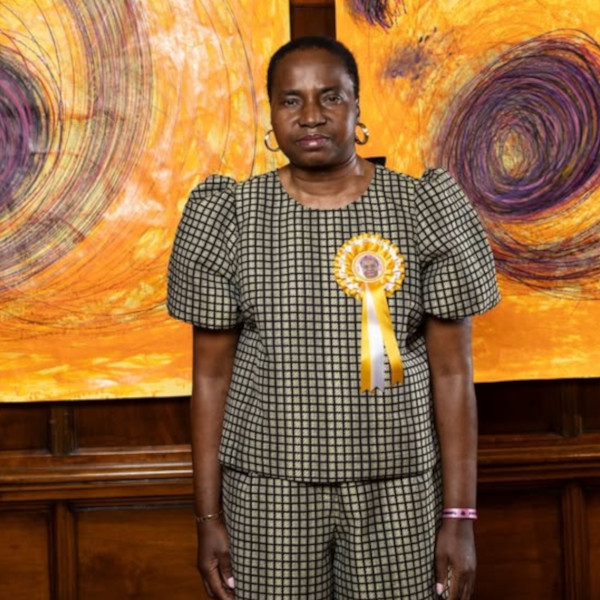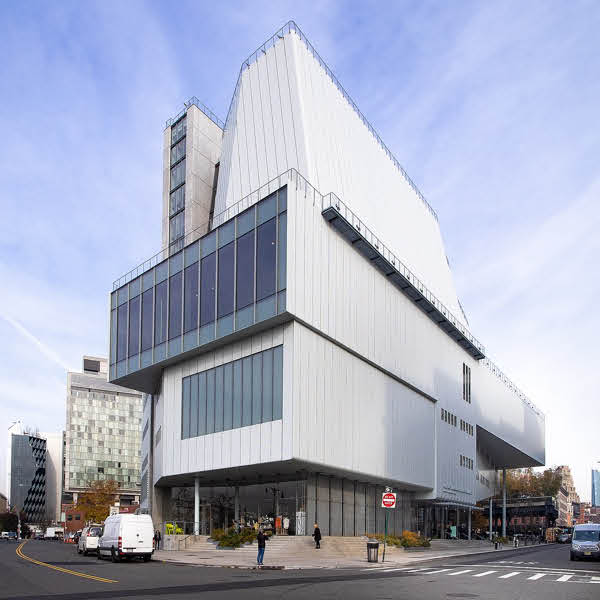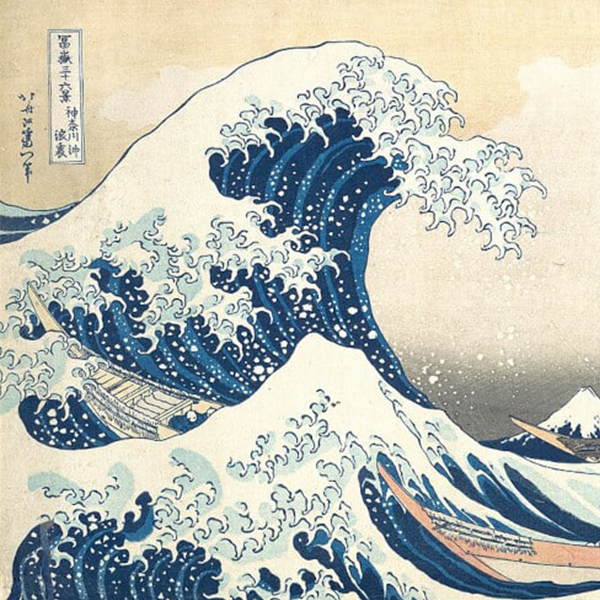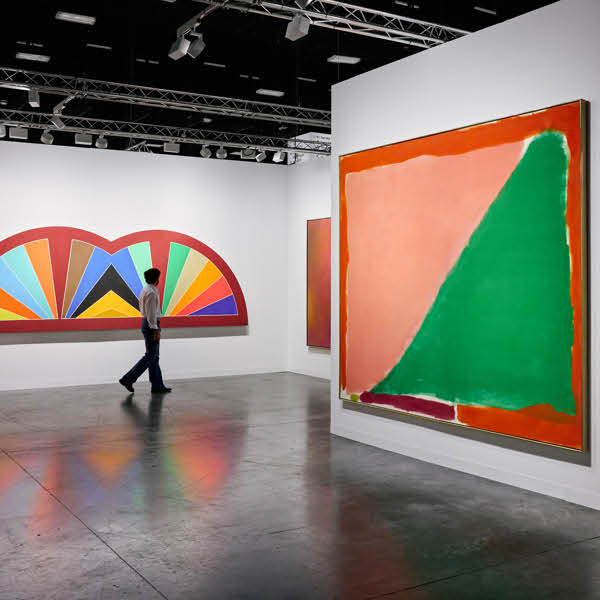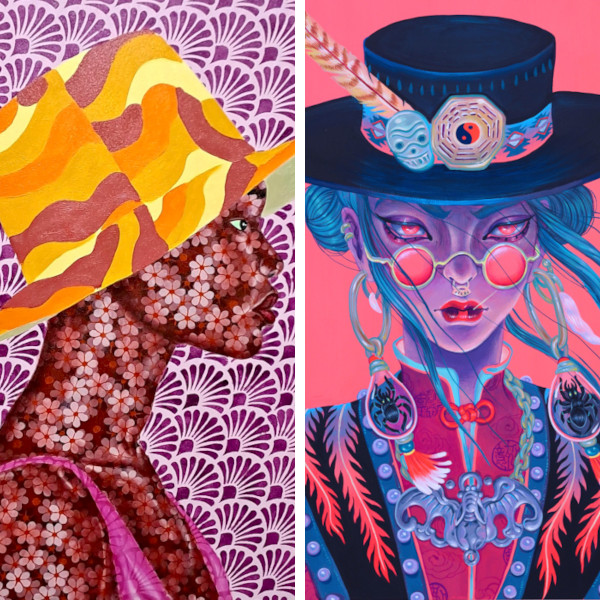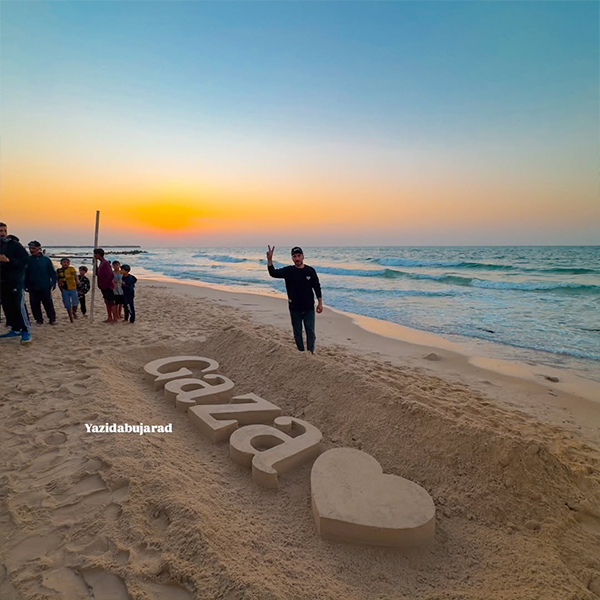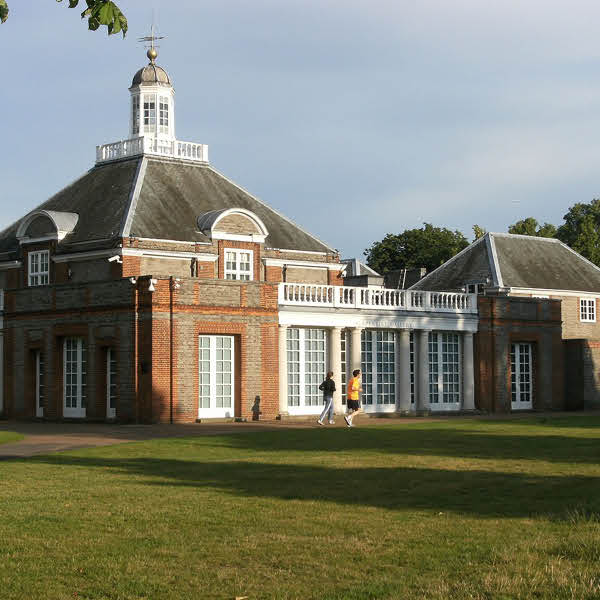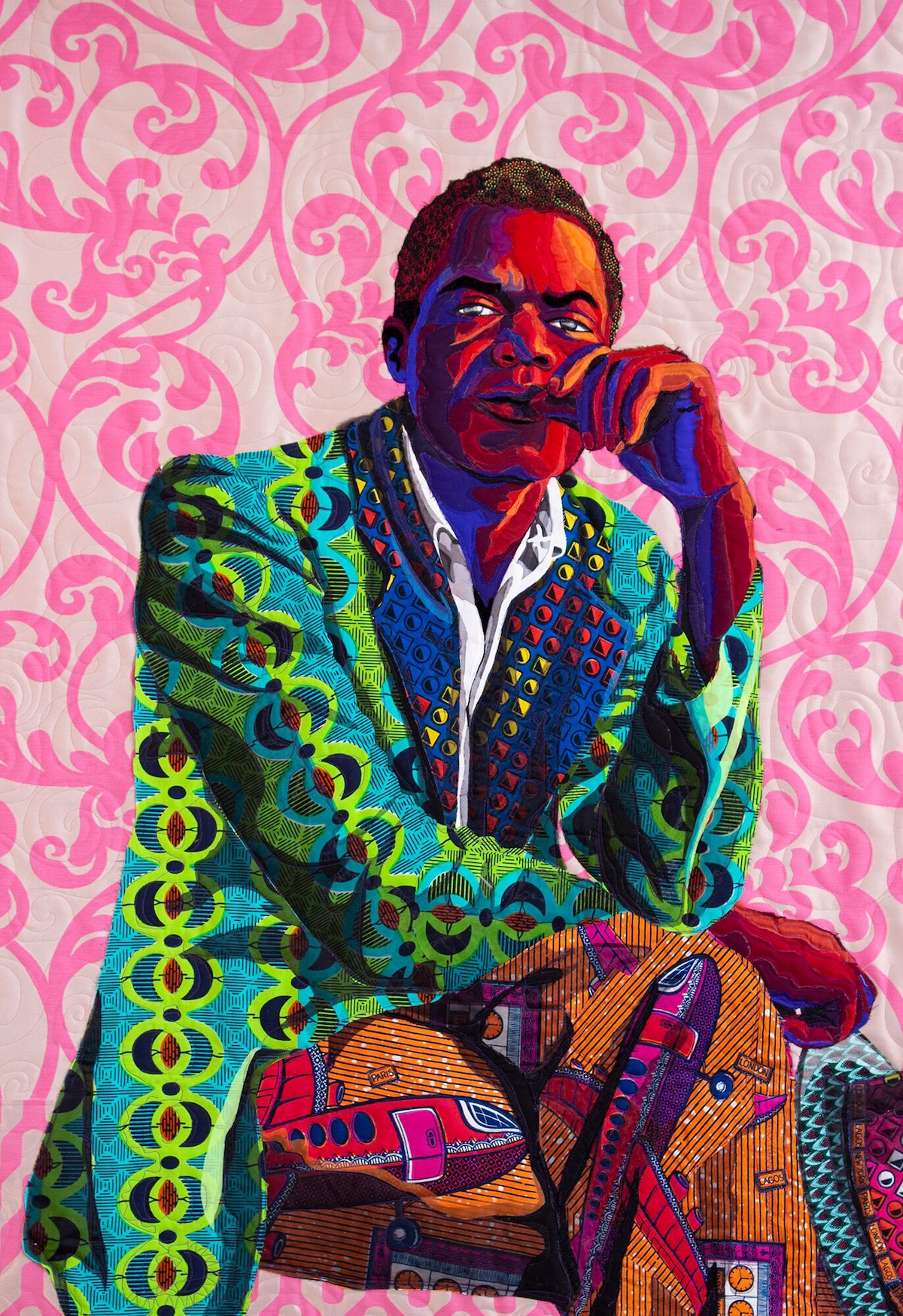
“I Am Not Your Negro,” 2019 (quilted and appliquéd cotton, wool and chiffon | 50″ x 72″ x 1″)
Artist Bisa Butler creates colorful quilts that have a narrative twist. Identifying herself as “essentially a portrait artist who uses fibers and quilting as a medium,” she crafts pictures of people using the same conceptual approaches that a painter would a canvas. The results are striking. While we might picture a quilt as displaying geometric designs, there’s a beautiful lyricism to how Butler pieces the fabric to illuminate and honor black children and adults whose stories may have been forgotten or overlooked.
Butler is formally trained as a painter but didn’t feel inspired to continue her practice after receiving her undergraduate degree. While in graduate school for art education, she created a small quilt with a landscape design. “I realized at that moment that I could use all fiber as a medium,” she tells My Modern Met. “My grandmother and mother sewed every day making clothing and home decor, and they taught me the power of being able to make something for yourself.” And from a logistical standpoint, quilting was appealing. “I could manipulate fiber and fabric while sitting next to my small children.”
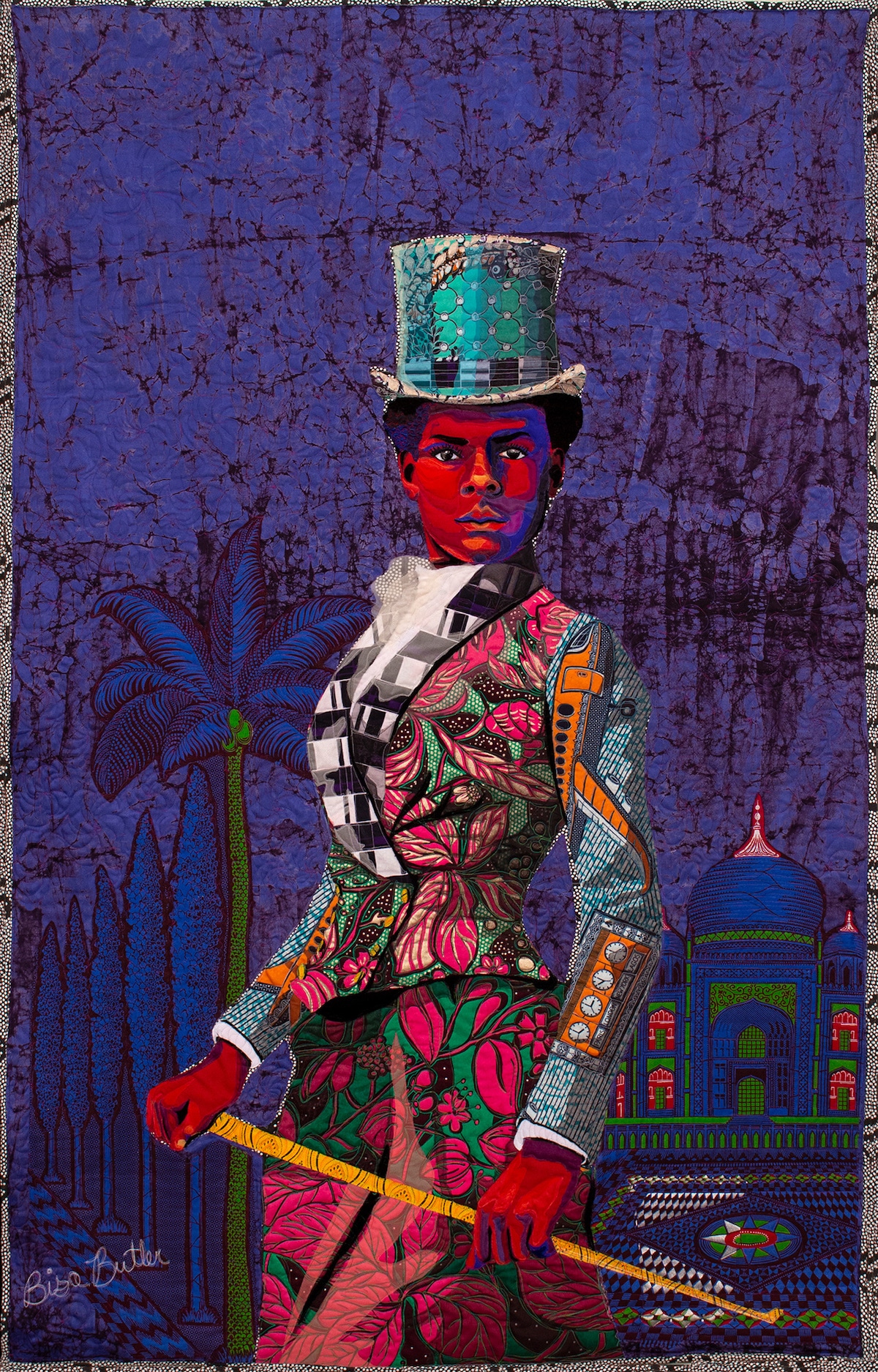
“The Equestrian,” 2019 (quilted and appliquéd cotton, wool and chiffon | 43″ x 68″ x 1″)
When Butler first began her quilted portraits, she created them based on members of her family. “Now I choose my subjects by scouring hundreds of public databases for photographs that will spark my curiosity,” she shares. Butler expresses them by starting with a detailed line drawing that becomes her pattern. Then begins her work with fabric. “I put down layers of cloth the way a painter puts down layers of glazes, “she explains, “carefully cutting each piece to match my sketch.” This part of the process can take about 200 hours, and afterward, she stitches everything together on a long arm quilting machine. “My machine is on a 12-foot-long frame and allows me to effectively draw with the threads. I use stitches to show texture like the kinks and curls of African American hair.”
In addition to telling stories, Butler feels as though she is carrying on the tradition of African American quilting and taking it into a new form of expression. “It is important to learn our traditions or they will be lost to history,” she says. “African Americans originally quilted out of the necessity to stay warm in places unlike their homelands and we had very little resources. Our quilts were made of patches because those small rags were all we had to spare in a time when we wore our clothes until they literally fell apart.
“My quilts are reminders of those times with their materials, and some of the subjects themselves are reminders, but the difference is they are made simply to be seen not used. The fabrics I use are new and very expensive, but the tradition is still carried on because mixed in with my new fabrics are pieces of cloth given to me by my mother and grandmother. I am making something with my own two hands just like my forbearers.”
Butler's work will be on display in her solo show called The Storm, the Whirlwind and the Earthquake at the Claire Oliver Gallery in New York from February 29 to April 18, 2020.
Artist Bisa Butler creates contemporary quilting of portraits featuring black children and adults whose stories may have been forgotten or overlooked.
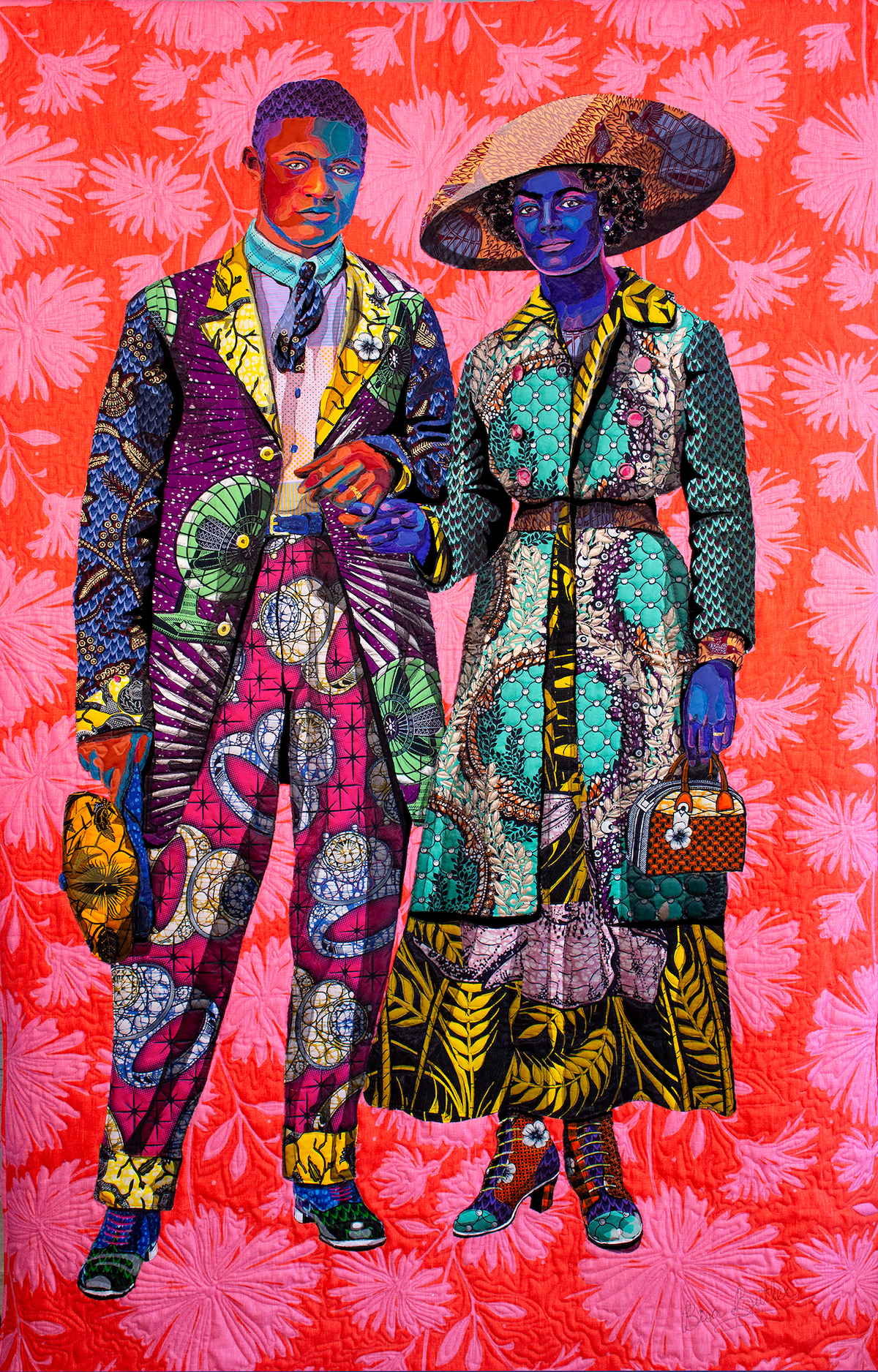
“Broom Jumpers,” 2019 (quilted and appliquéd cotton, wool and chiffon | 58″ x 98″)

“Broom Jumpers” (detail)
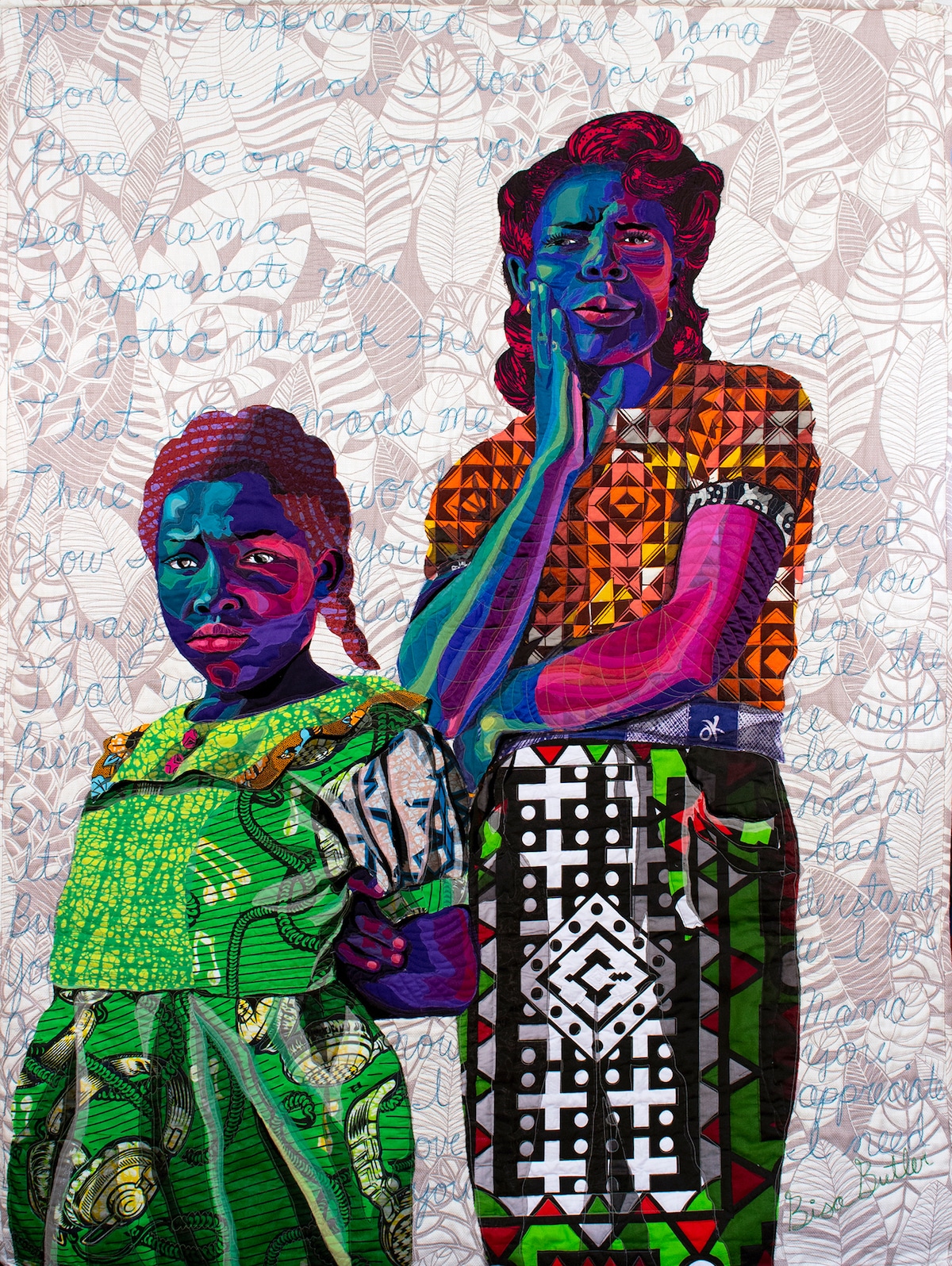
“Dear Mama,” 2019 (quilted and appliquéd cotton, wool and chiffon | 53″ x 73″ 1″)
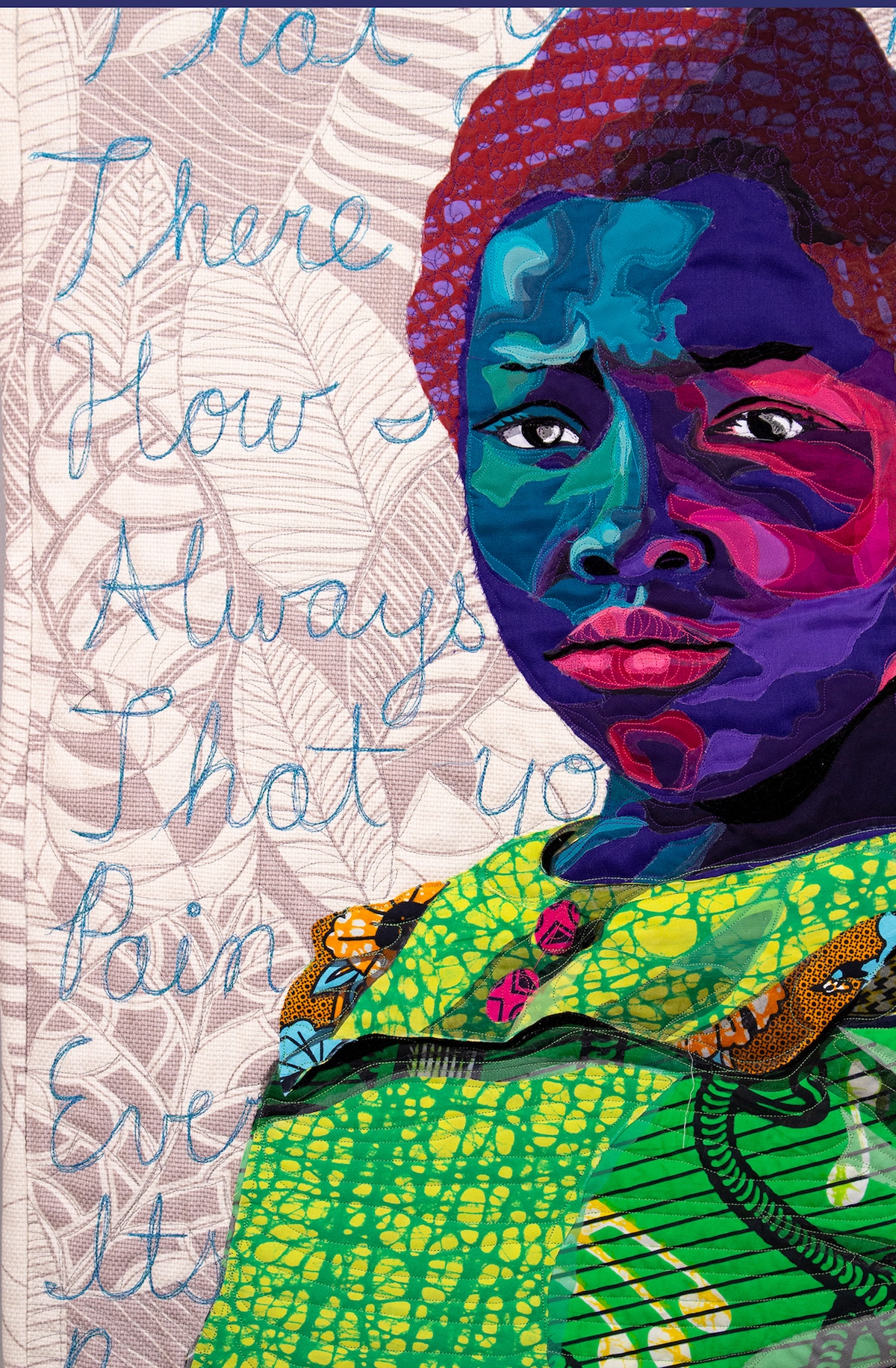
“Dear Mama” (detail)
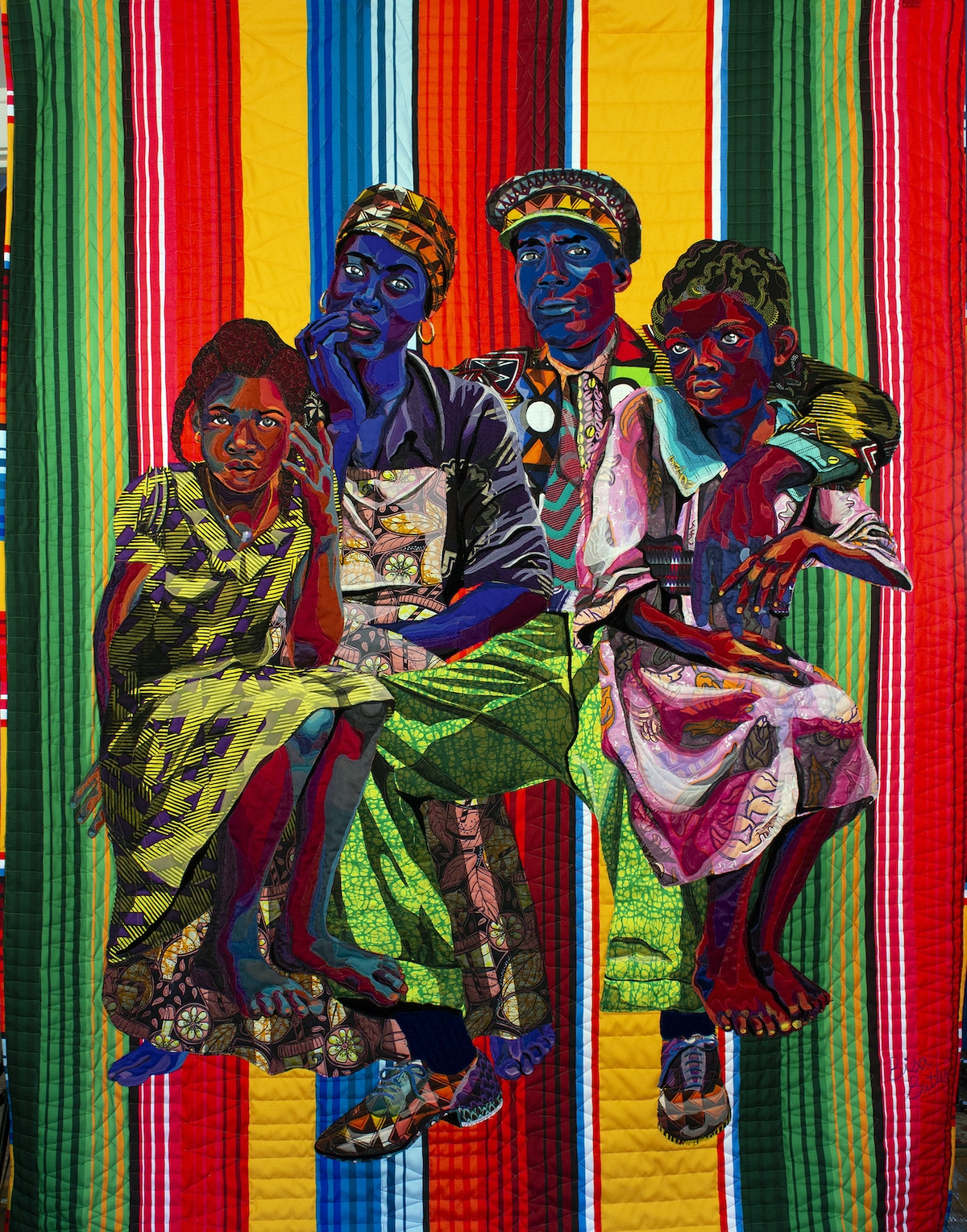
“Kindred,” 2019 (quilted and appliquéd cotton, wool and chiffon | 60″ x 84″ x 1″)

“Kindred” (detail)

“Three Kings,” 2018 (quilted and appliquéd cotton, wool and chiffon, 95″ x 72″)
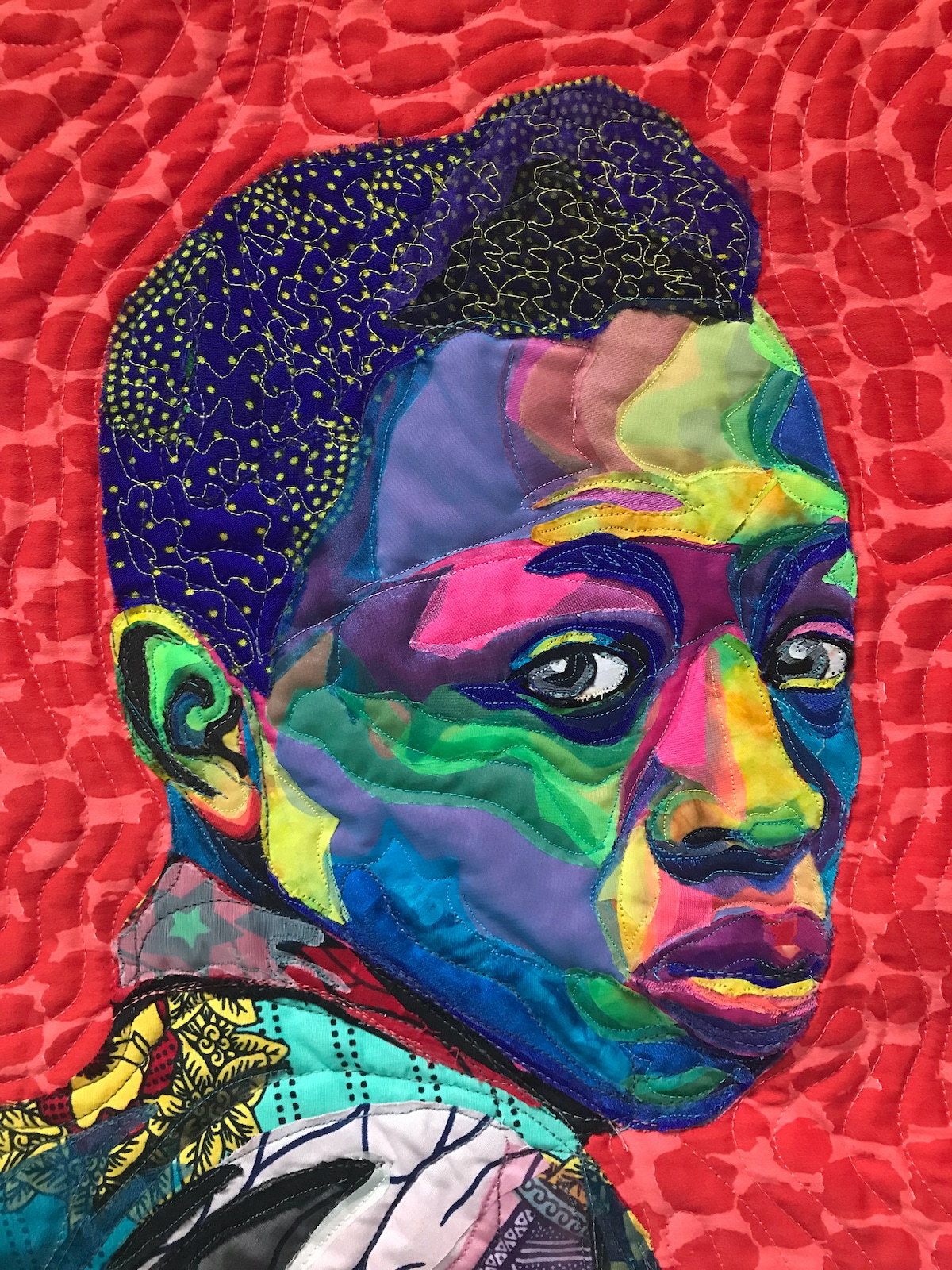
“Three Kings” (detail)

“Three Kings” (detail)
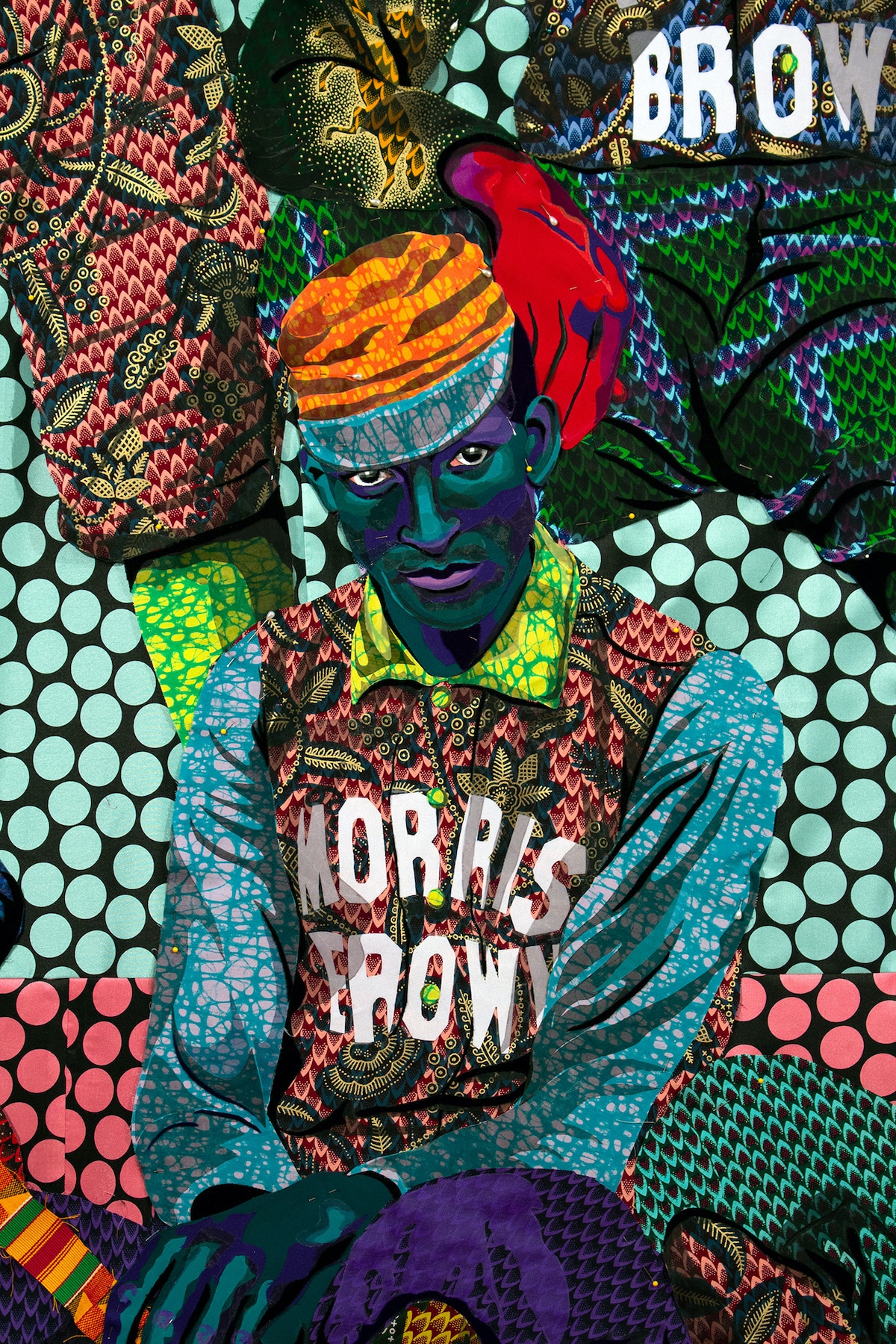
“To God And Truth” (detail, in progress), 2019 (cotton, silk chiffon, satin, silk and lace | 144″ x 108″ x 1″)
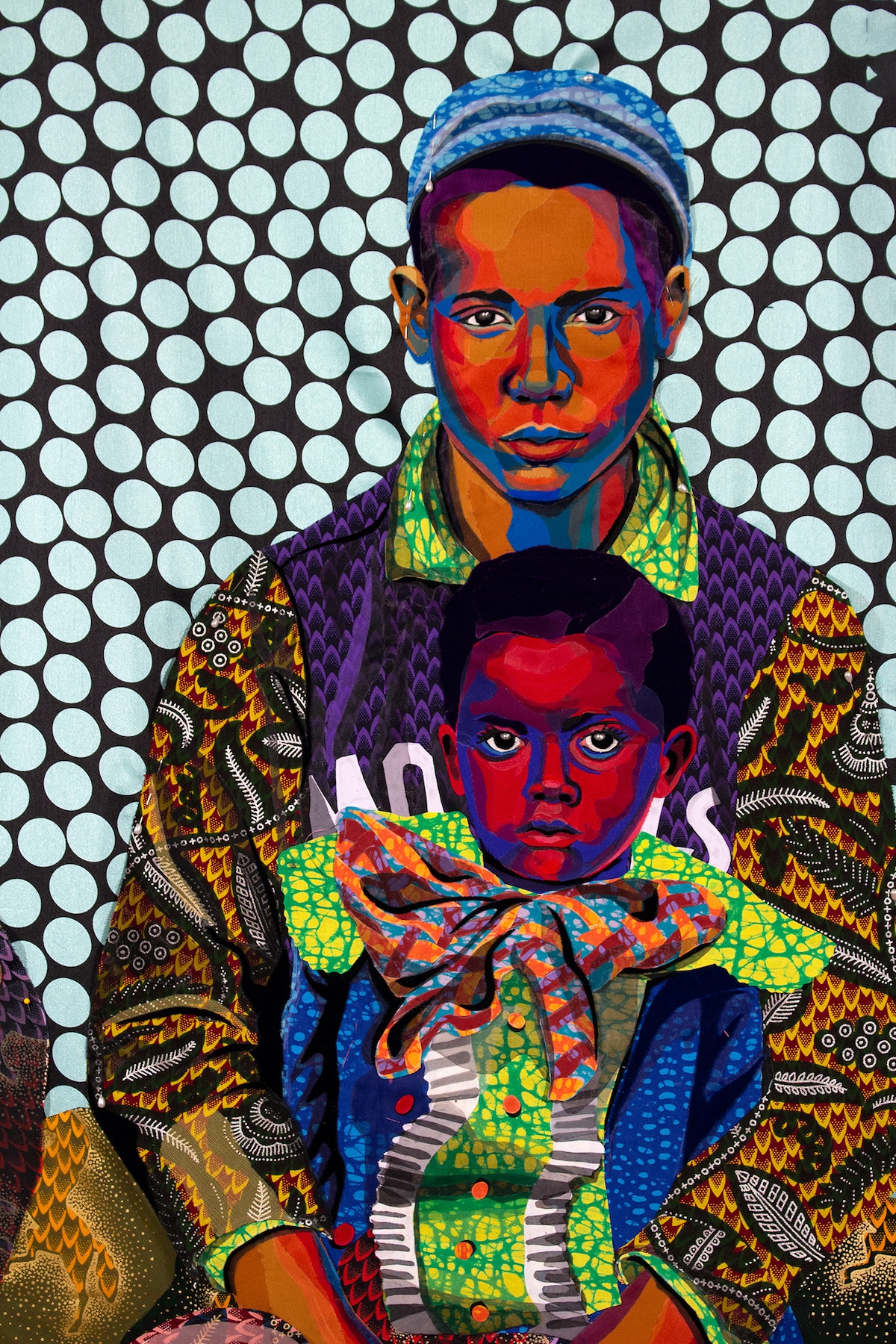
“To God And Truth” (detail, in progress)













































































